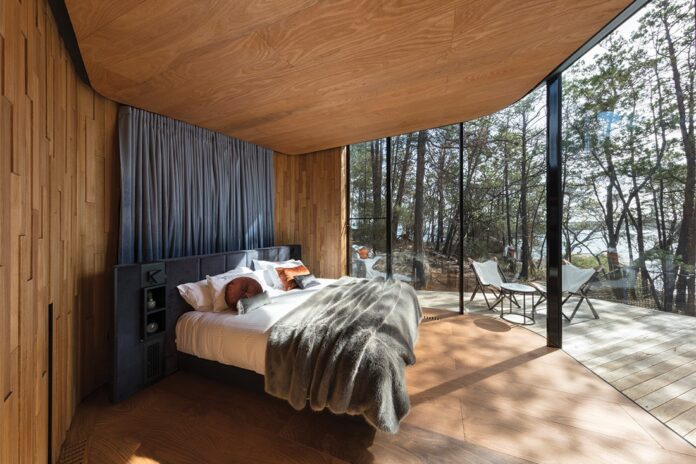Timber floors are exceptionally popular. They are generally durable, can be created in a variety of styles, and look good. In addition, wood tends to be warmer underfoot than many other flooring materials. This is because they have insulation properties, helping them to reduce your energy bills while looking fantastic.
Unfortunately, there are several issues that can occur when you have timber floors. When you go to this site, you will find the best option for kitchen refacing. The most common of these are timber decay. It can ruin your floor and make it unsafe to walk on.
Understanding Timber Decay
Timber decay is often referred to simply as rot, it can be the result of wet rot or dry rot. Wet rot is a result of the wood being exposed to moisture while dry rot is usually caused by insect damage.
The result is the same in either incident, the wood will lose its strength and holes will eventually form. If you walk on the wooden floor you’re likely to put your foot through it and cause yourself an injury.
Fortunately, there are several things you can do to prevent timber flooring decay from occurring.
Wet Rot
If you have wet rot then your floor is exposed to moisture. This can be from a leaking pipe that is trickling onto the floor. But, it is also likely to be a result of excess moisture in the air below the flooring.
Warm air holds more moisture than cool air, which is why you need a reliable underfloor ventilation system. The idea is that cool air is brought in from outside and the warm air under your floor is pushed out. This reduces the moisture content in the air and the potential for wet rot in your timber flooring.
You should check your water meter and stop using all water for an hour before checking it again. This will confirm whether you have any leaks or not. Leaks generally collect on floors and ceilings, eliminating leaks can protect your floor.
Dry Rot
The alternative to wet rot is dry rot. This is when the wood is attacked by wood-boring insects, such as carpenter ants and termites. They can do a significant amount of damage in a short space of time. When the wood has dry rot you’ll be able to push a screwdriver right through the wood, almost effortlessly.
The best way to prevent this is to have annual inspections by a pest control company, ensure entry points are sealed, and be vigilant.
Dealing With Timber Flooring Decay
If the wood floor is damaged and weak it will need to be replaced. However, if you spot the damage early you can remove moisture and kill pests. You’ll then be able to dry the timber and apply an aftermarket timber treatment. This will help to protect the wood from future attacks by pests of moisture. You should note that using pre-treated flooring products is the safest approach. But, even these will need additional treatment in the future.




















